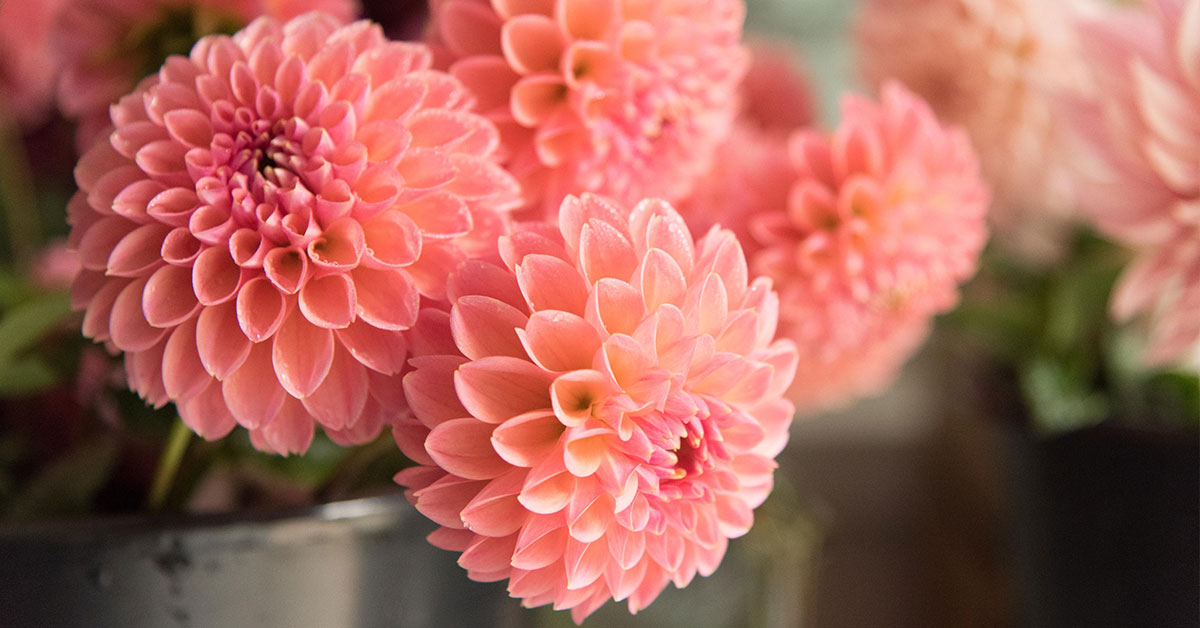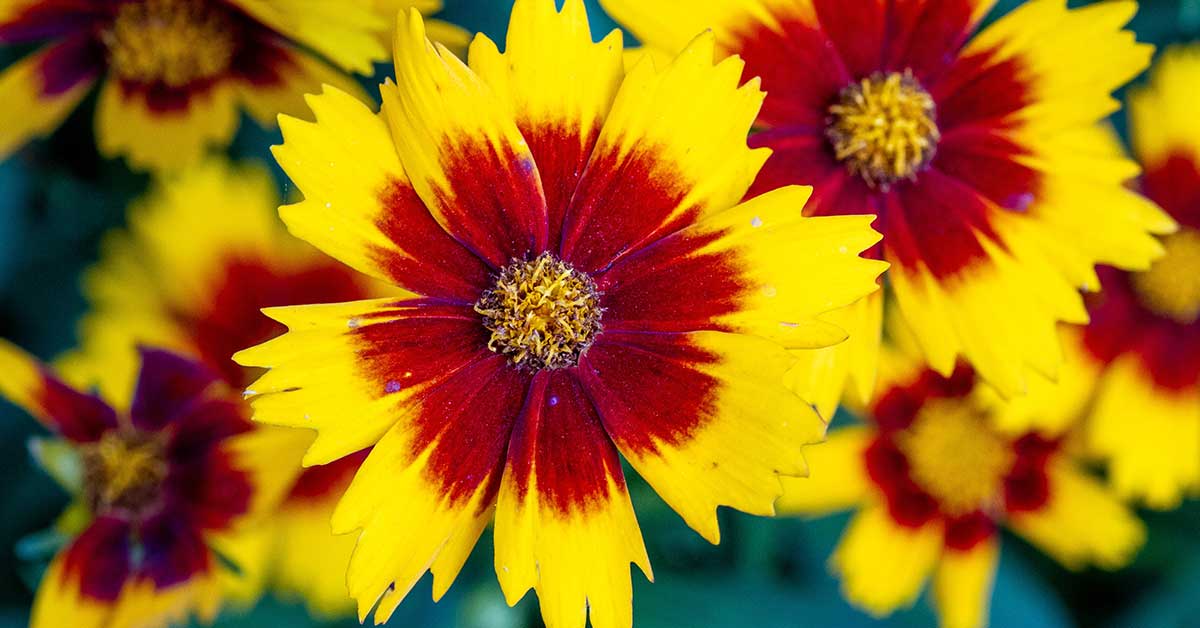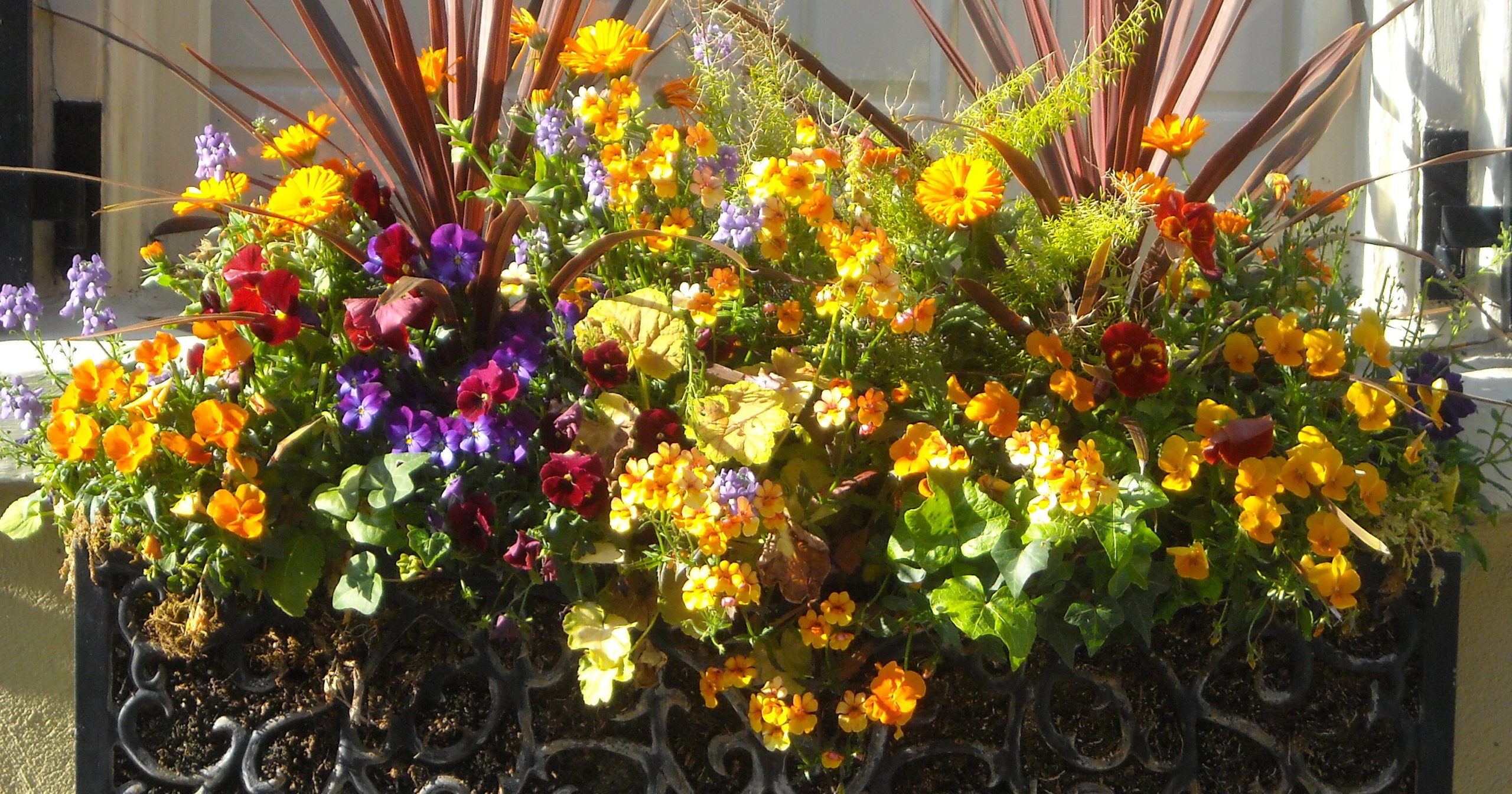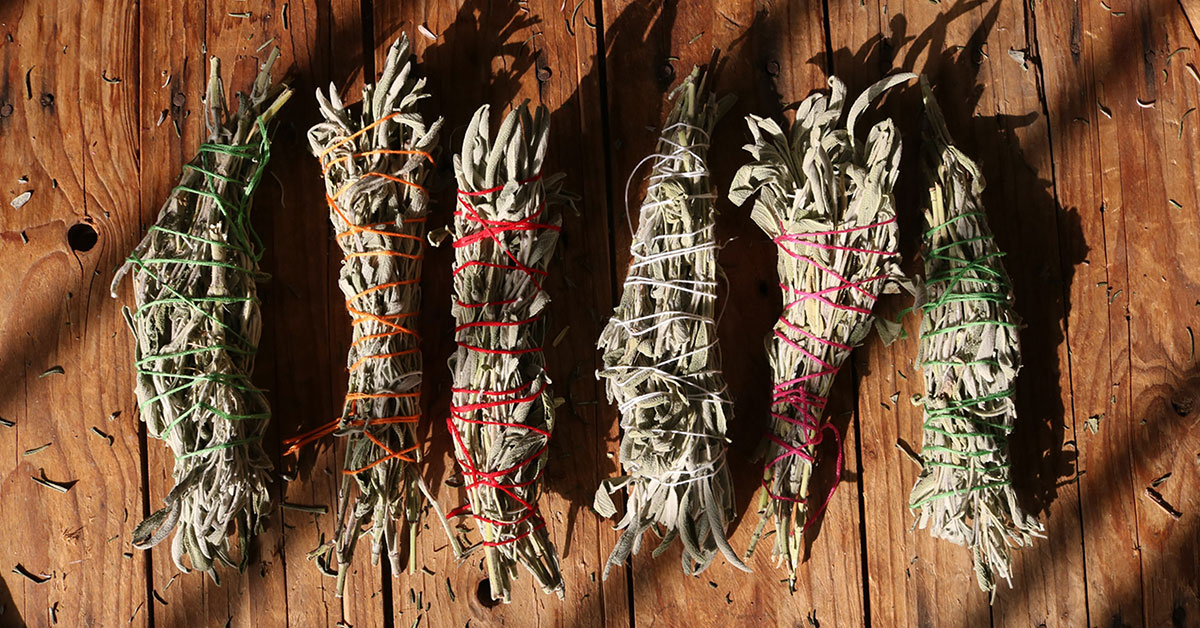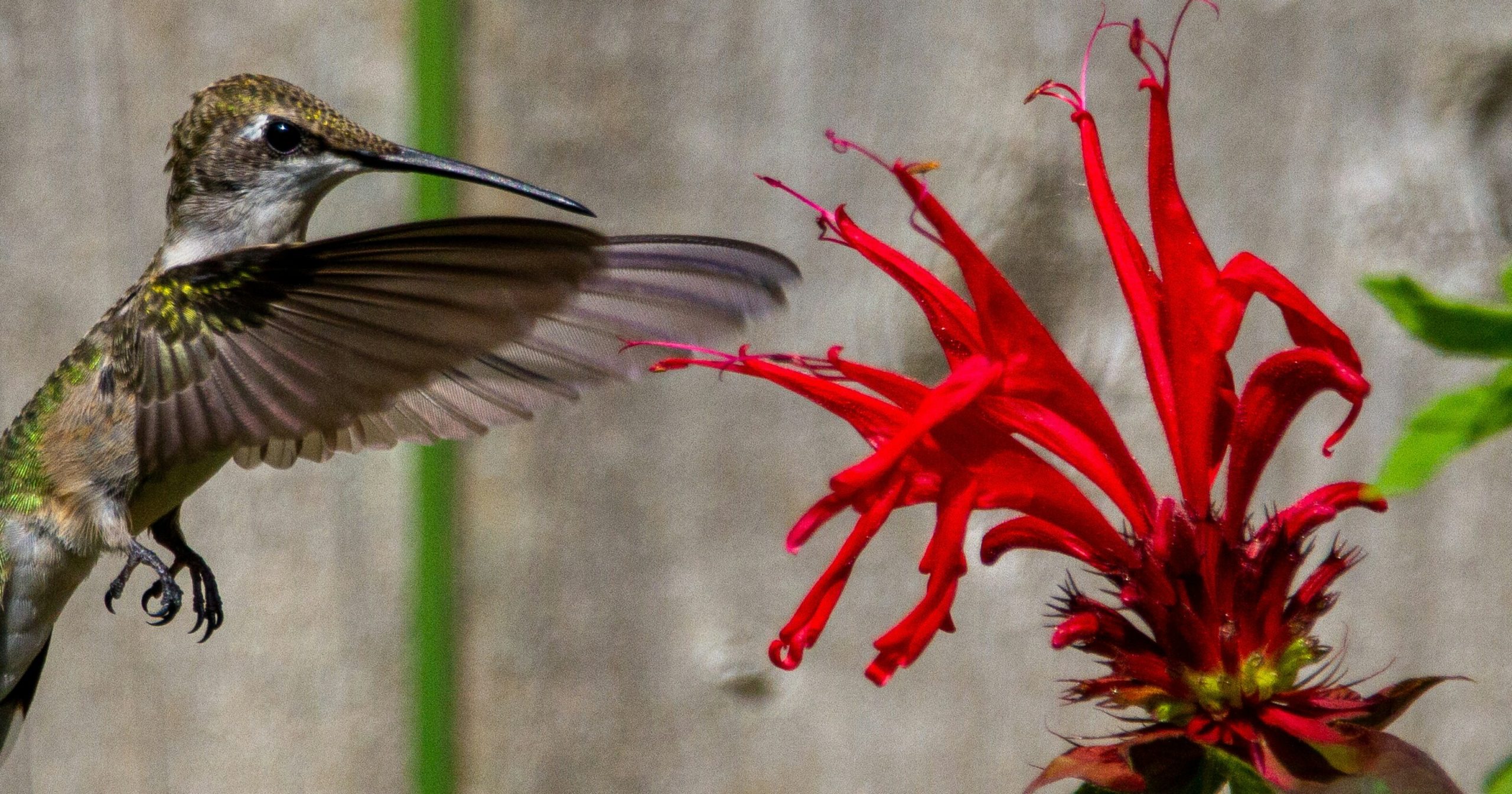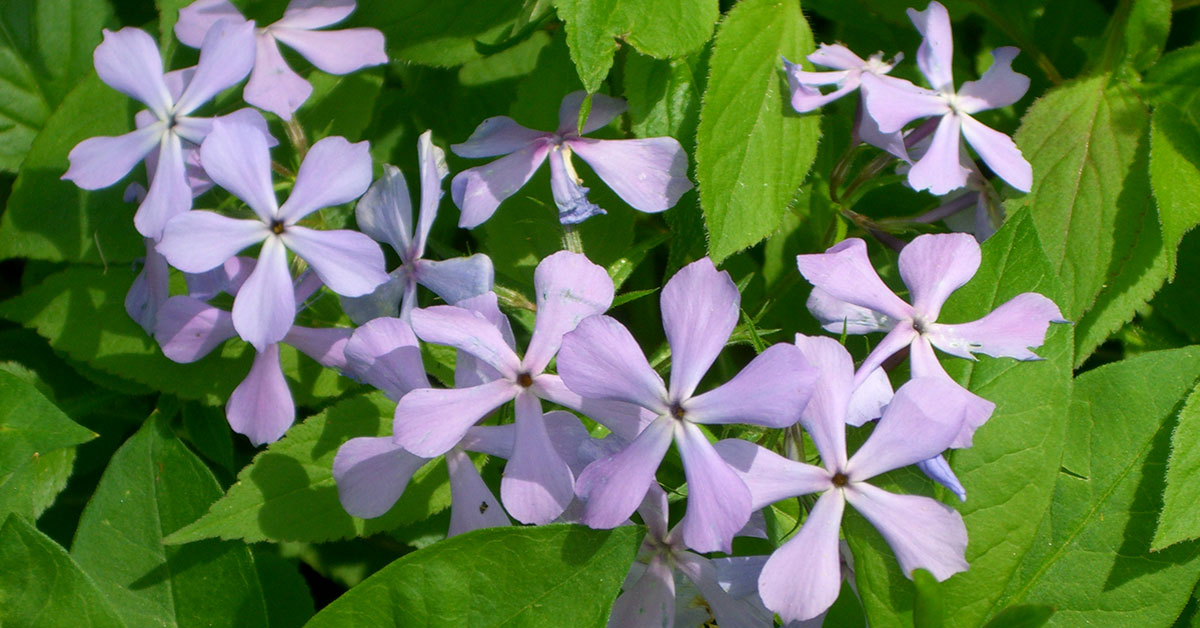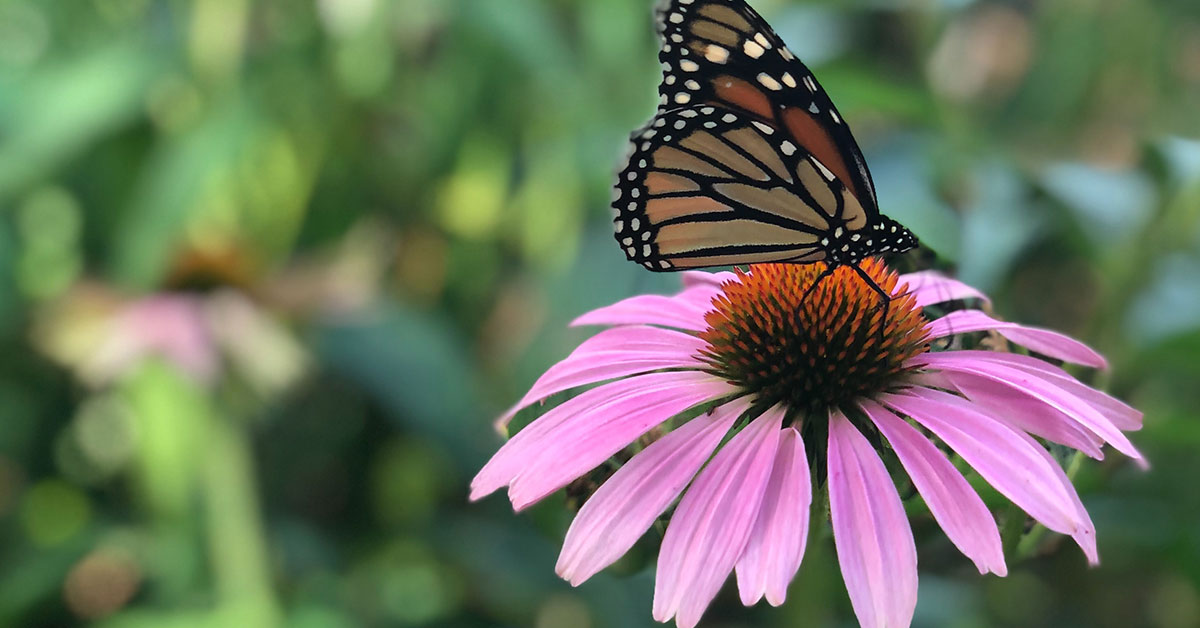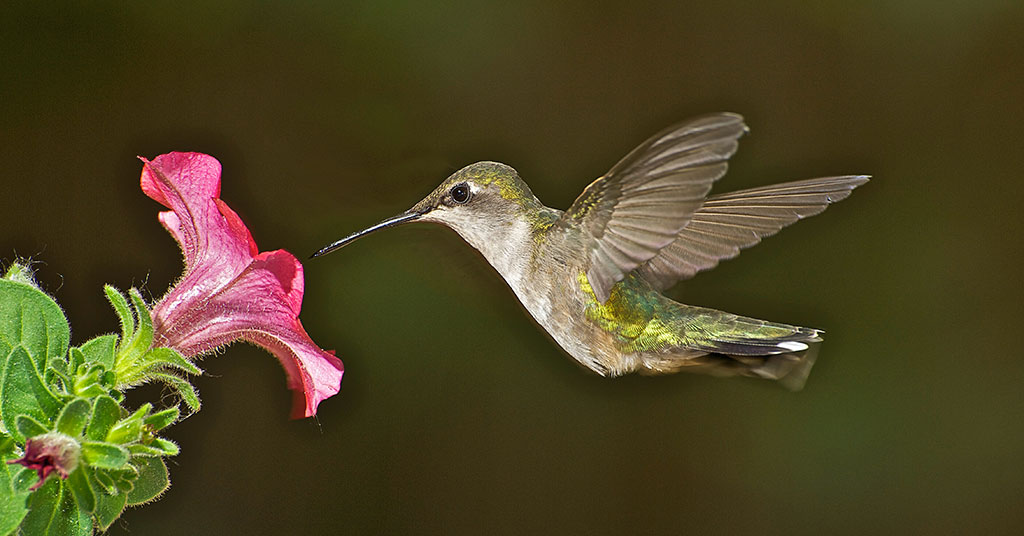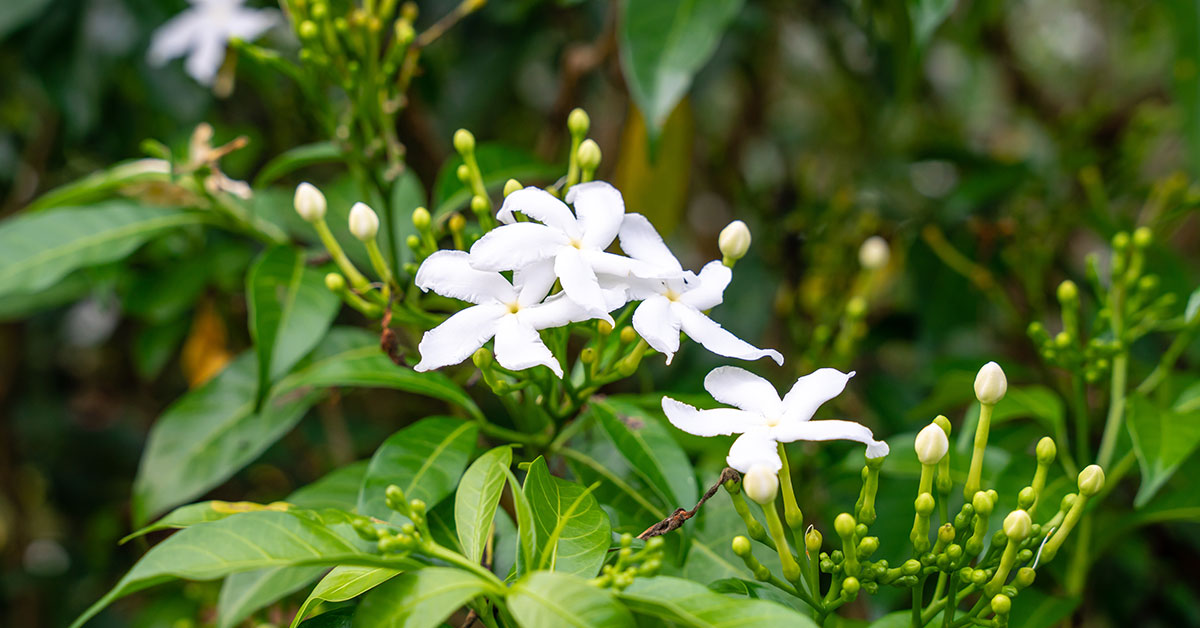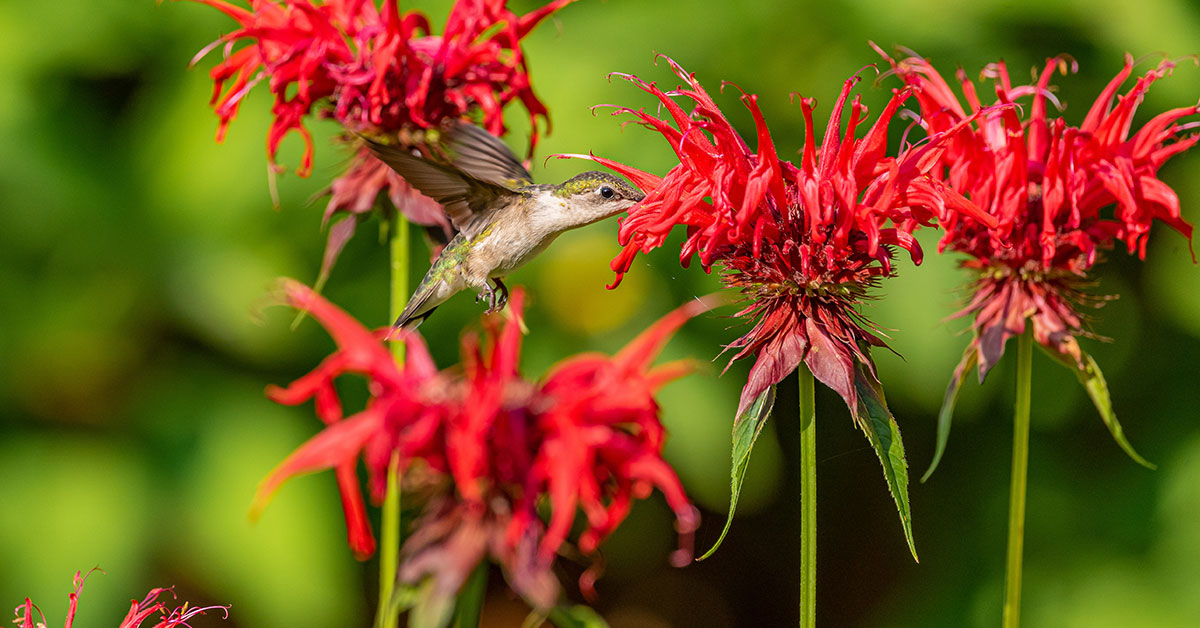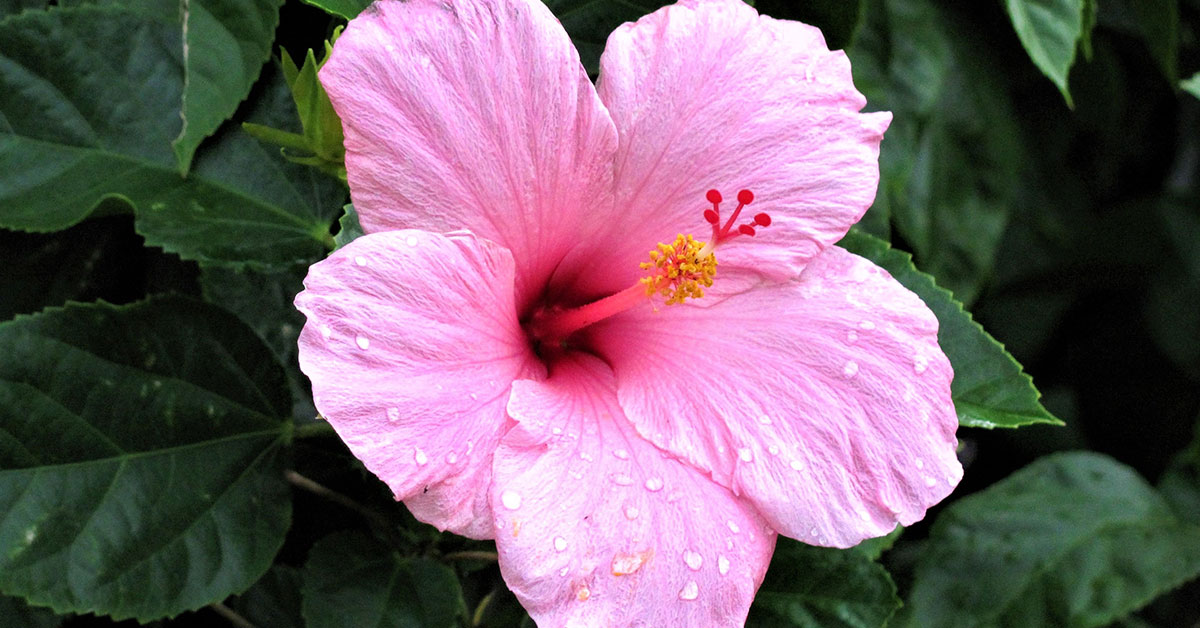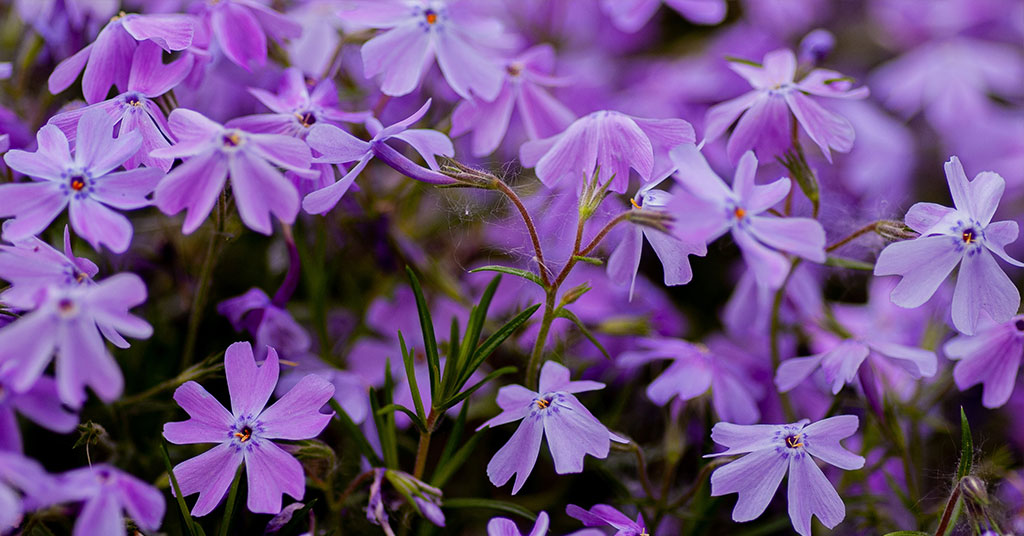Asteraceae, which also includes the zinnia, sunflower, chrysanthemum, daisy, and, of course, aster, is the family that includes Dahlia. Dahlias elicit admiration and joy. Cultivating vegetables? Dahlias should be planted in a row along the edge, away from your vegetables. They produce beautiful cut blooms.
Dahlias thrive in humid, temperate regions. Dahlias beautify any sunny garden with a growing season that is at least 120 days long, while they are not well adapted to severely hot areas (such as southern Florida or Texas).
What is a Dahlia?
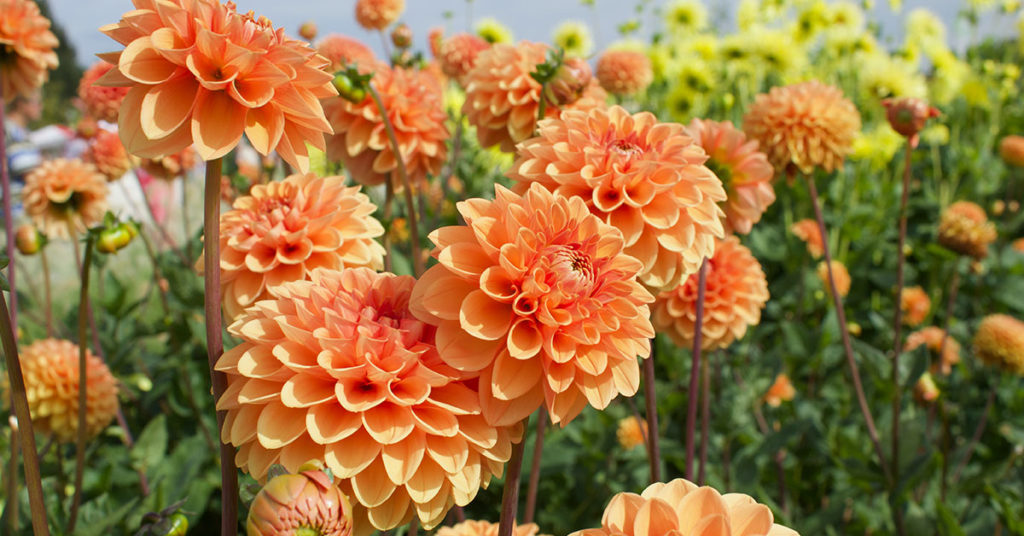
Dahlias are a beautiful flower to cultivate in any garden because they come in a wide range of colors and sizes. How to take care of them in yours is given below! The plant size varies from species with plate-sized flowers on 6-foot plants to small border variants. Despite their wide variety, dahlias often have long, upright stems that allow the blooms to stand out. Dahlias, which are native to Mexico and Central America and have over 20,000 varieties and 30 species, are highly regarded by both plant breeders and florists. But pet owners beware—both dogs and cats are poisoned by this variety of bloom.
- Latin name: Dahlia spp.
- Other names: Dahlia
- Native to: North America, Central America
- Invasiveness: No
- Tenderness: Perennial
- Sun: Full sun to partial shade
- Water: Average
- Soil: Loamy, well-drained
- Hardiness zone: 8-10
- When to plant: Early spring
- Spacing: 12-18 inches
- Plant height: 1-6 ft.
- Bloom period: Summer, fall
- Time to maturity: 8-10 weeks
- Container friendly: Yes
- Fertilizer: 10-30-20
- Toxicity: Toxic to dogs and cats
- Drought tolerant: Yes
- Deer resistant: No
- Pest resistant: No
How to grow Dahlias
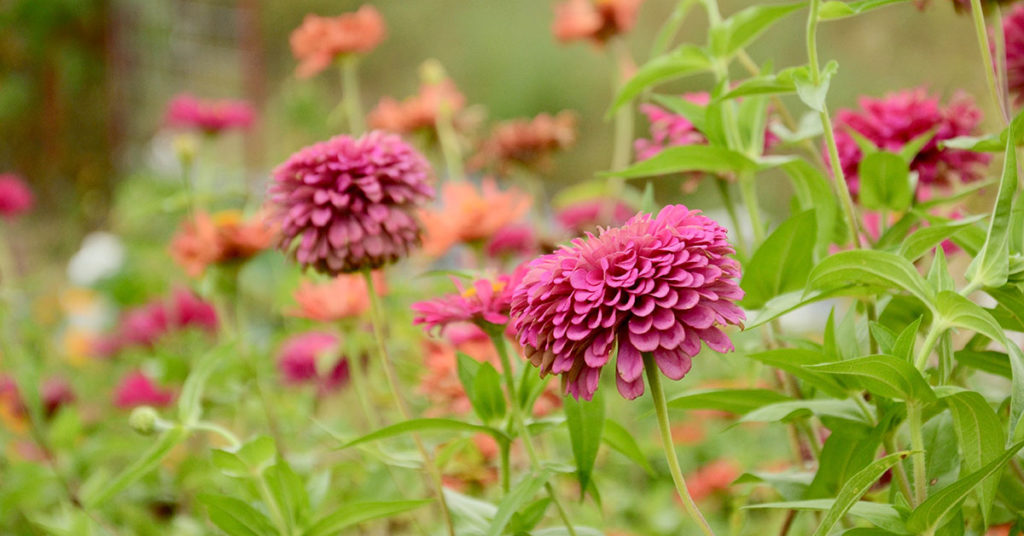
Dahlias prefer loamy, rich soil that has lots of organic content and is well-draining. Add some compost to your soil if you are not sure if it is rich enough. Additionally, if the soil in your garden has a tendency to be clayey, add some sand, peat moss, or manure to soften the texture and improve drainage. A pH of 6.5 or above is considered neutral for dahlia growth.
Dahlia tubers should be planted in the spring, then left to grow naturally until sprouting takes place. Dahlia tubers should not be watered until green growth is seen above the surface. Prior to the development of their root system, they will not require water.
Water your dahlias once or twice a week after they have sprouted. As huge tubers may be planted six inches deep, make sure to water thoroughly. You might need to water more often and make sure the soil is never allowed to dry out during very hot and dry summer days.
To give tubers a head start, you can grow them indoors in containers, possibly in a garage or greenhouse. When all threat of frost has passed, it is safe to grow them outside. Make sure your storage space has a little moisture if you intend to dig up roots and preserve them indoors for the winter to prevent them from drying out and shriveling.
Dahlias are voracious eaters; the more food they consume, the larger the plant will become and, as a result, the greater the flowers will be. To encourage blooming, use a fertilizer with a high phosphorus content (perhaps a 10-30-20 ratio). Observe the dosage recommendations on the product label. Use caution while using one that contains a lot of nitrogen.
Growing Dahlias in containers
To do this, prepare a seeding tray by adding seed starting mix, and then indoors, between four and five weeks before the final frost, sow seeds directly into this medium. Keep the soil moist and move the tray to a location with natural light. Before relocating each seedling into its cell or plastic container after it has sprouted, give the seedlings time to develop one complete set of leaves. Keep the soil moist. Transplant the seedlings into an outside garden bed as soon as the soil outside reaches a temperature of 65 to 70 degrees Fahrenheit.
When to start Dahlia seeds
The best way to grow dahlias from seed is by planting them in a low, flat tray filled with high-quality, organic potting soil 4-5 weeks before your final frost date of the year. Sprinkle your dahlia seeds over the top of the soil and then very very lightly cover the seeds with soil. Once you’ve planted the seeds, use a spray bottle to gently moisten the soil. Keep your potting soil moist but not soaking wet and within 7-10 days, you should begin to see seedlings coming up.
When to plant Dahlias
Dahlias can be started indoors in the early spring and then planted outside once the risk of frost has gone because they are grown from tubers rather than bulbs. Alternately, you might wait until the earth has warmed up in the spring before planting the tubers outside.
How to collect Dahlia seeds
You may cultivate dahlias from seeds you buy at your neighborhood nursery. or from seeds saved from plants grown the previous year. To gather seed pods, utilize dried Dahlia blossoms.
Wildlife attracted by Dahlias
Pollinators like the magnificent blooms that dahlias have to offer, including bees, butterflies, and other insects.
Common problems
Dahlias are a favorite of common pests like slugs, earwigs, caterpillars, and thrips. Slugs are a particular nuisance when the foliage is fragile and young. Slugs are typically not an issue after the plants reach maturity. 4 Deer can be a problem for some gardeners, but others claim the animals stay away from their dahlias. The variety of different snacks in your garden may be the only factor here. Just in case, keep your flowers protected.
Infections caused by fungi, such as powdery mildew, can also affect dahlias. Dahlia beds with excessive irrigation, poor drainage, and heavy soil are all conducive to stem rot. Never allow standing water in your garden beds and always adjust your soil before planting to prevent this.
When do Dahlias bloom?
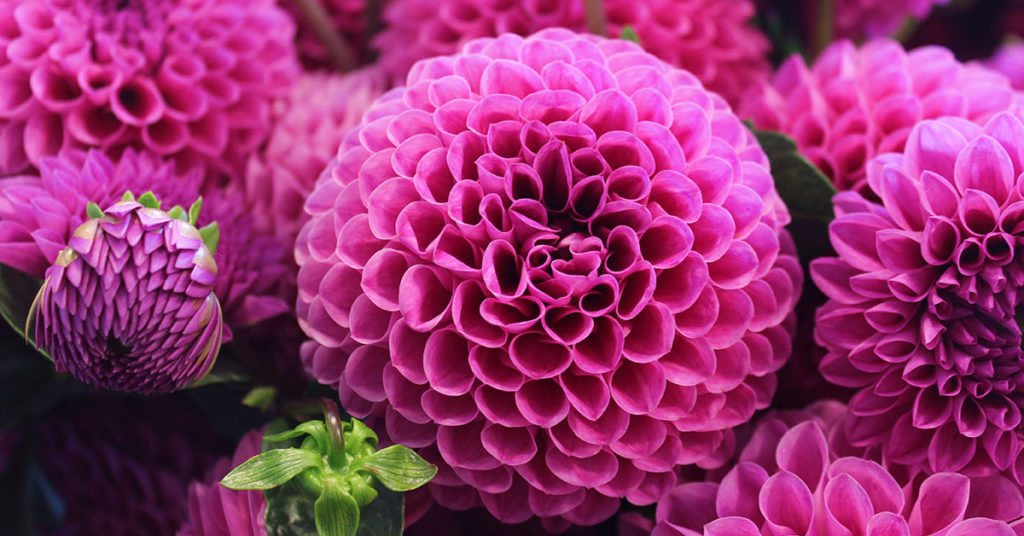
Dahlias come in a wide variety of colors, patterns, sizes, and flower types, and are late bloomers, blooming from mid-summer until the first frost. They’re a great flower to add to your garden
How to deadhead Dahlias
Deadheading dahlias help promote more blooms by removing the old growth and allowing the plant to focus on new growth. Rest assured, this process does not harm the plant, provided you use clean, disinfected gardening shears to do the flower removal. To deadhead a dahlia plant, simply wait until a flower has run its course and begun to die back, and then remove that flower.
How to prune Dahlias
Once the tubers have grown and formed stems on the dahlias, the tops must be pinched off. Top the stem slightly above the top set of branches once there are three sets of branches. By using this trimming technique, the plant will grow more branches and produce more blooms. You’ll be delighted to a garden full of magnificent, vibrant, and enormous blooms in a matter of months. Just remember to deadhead faded blossoms to maintain the plant’s neat appearance and to promote blossoming.
How long do Dahlias bloom
If you prune dahlias correctly, they can bloom for four months. In some areas, you could even be able to extend their lifespan by an additional few weeks.
How much sun do Dahlias need?
Dahlias need full sun, preferably 6 to 8 hours every day, to blossom profusely. This plant will benefit from shade in the middle of the day, when the sun is particularly scorching, in temperatures more like its native growing zone (USDA zones 8 and up).
